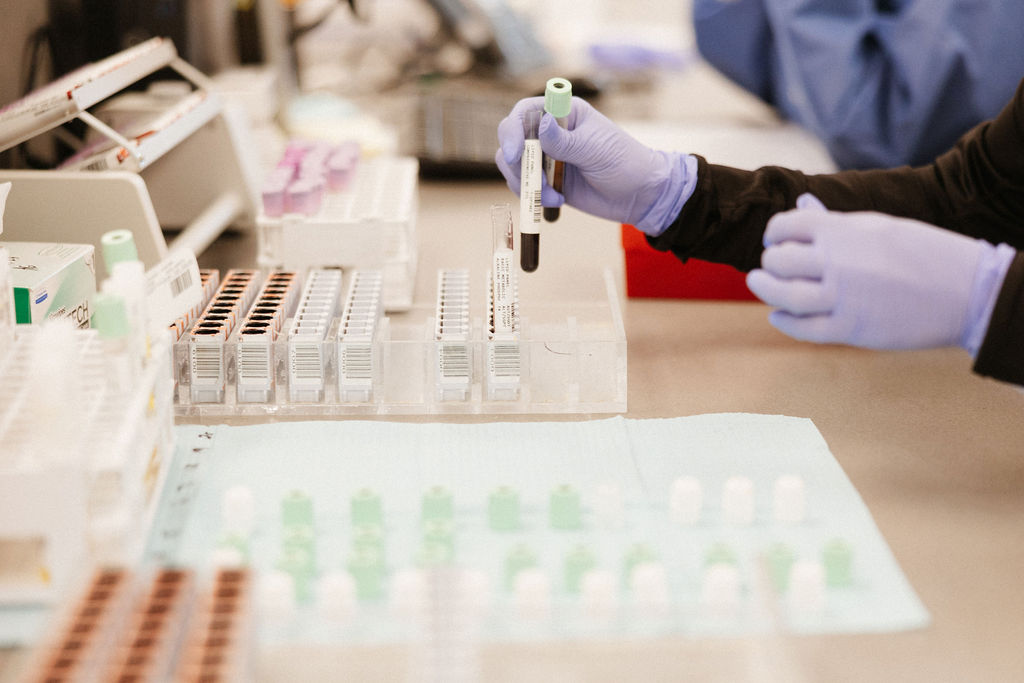Types of Lipid Disorders
When a problem occurs with cholesterol or triglycerides (such as too much LDL), it is known as a lipid disorder. There are several different types of these disorders, and they are categorized based on their characteristics. Among the more common forms of lipid disorders are:
- Primary Elevated Cholesterol – LDL cholesterol levels are higher than they should be
- Primary Elevated Triglycerides – Triglyceride levels are higher than they should be
- Primary low-HDL Syndromes – HDL cholesterol levels are lower than they should be
- Metabolic Syndrome – Also known as Syndrome X, dyslipidemia syndrome, or insulin resistance, this syndrome occurs when blood contains elevated levels of triglycerides and insulin levels along with low levels of HDL cholesterol.
- Familial Hypercholesterolemia – Inherited disorder resulting in higher LDL and total cholesterol
- Familial Hypertriglyceridemia – Inherited high triglycerides




